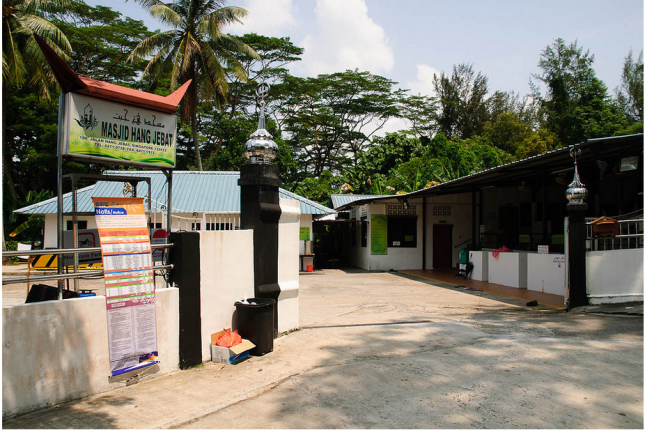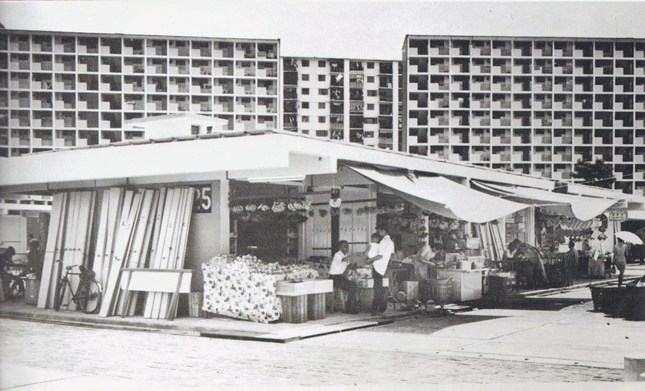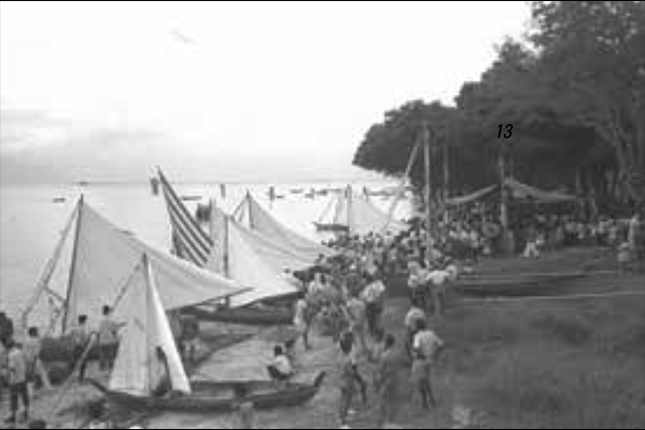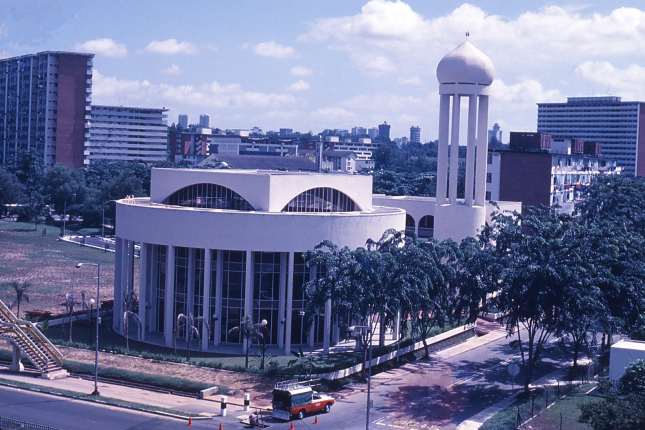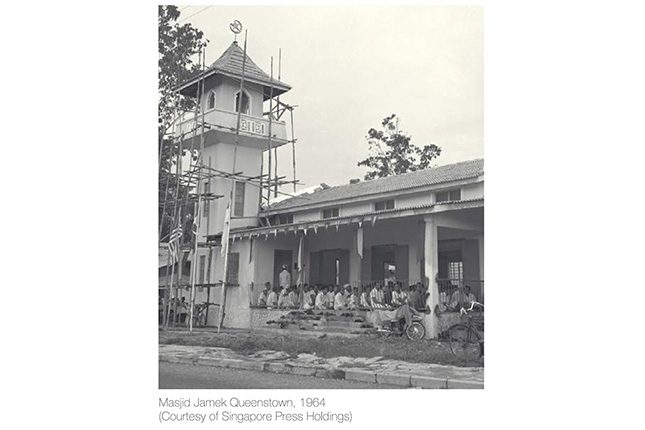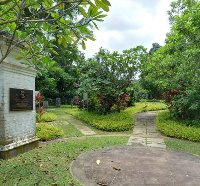Download Queenstown Trail Booklet
The Mosque was opened in 1973 to replace the old surau (Malay: small prayer hall). It comprised two prayer halls, administrative offices and classrooms for religious classes. The Mosque was named Hang Jebat for two reasons. Firstly, it was in recognition of the Hang Jebat Regiment of a nearby military installation. Secondly, it was in commemoration of Hang Jebat, who was one of the five legendary warriors in the Malay folklore.
Masjid Hang Jebat first started as a surau in 1952 for the Malay Regiment soldiers who were living in the vicinity. When the British Armed Forces withdrew in 1971, the Malay Regiment was dissolved and the surau was handed over to the Singapore Government. The surau was opened to the public later.
The iconic Mosque was known for its close proximity to the former Malayan Railways. In order to get to the Mosque, worshippers had to trek along a decrepit concrete pavement along the former Queens’ Crescent and pass through the railway tracks. Syed Ali bin Abdul Hamid Alkaff (b.1959) was a former resident at Queens’ Crescent Estate and a priest with the Mosque. He recalled:
“There were a few gruesome accidents in the 1970s and 1980s when the trains hit onto the residents. Although we had many wonderful memories playing along the train tracks, we were relieved that the Keretapi Tanah Melayu (KTM) had ceased operations in 2011.”
Today, the Mosque continues to play an important social role in the neighbourhood by providing counselling services and tuition classes.




